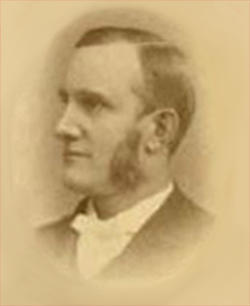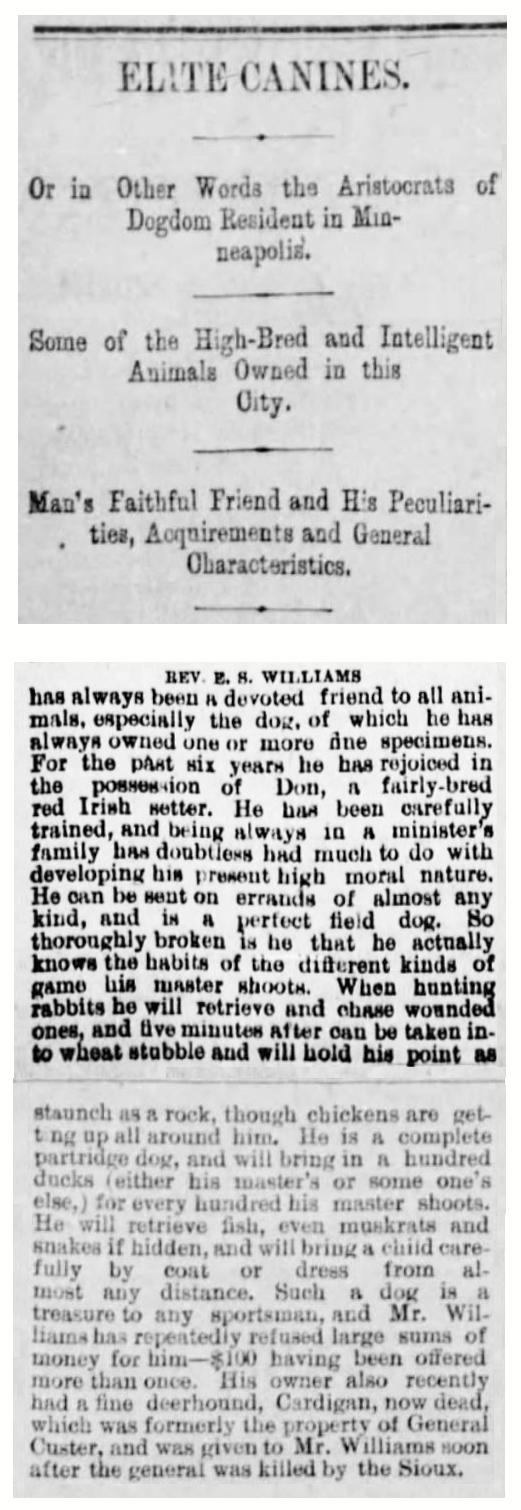Last Owner intro
In the General Museum’s registrar, Cardigan appears as item 45.
“45. Canis familiaris grajus hibernicus, Gm; Collected by E.S. Williams; Obtained 1879; Greyhound of Gen. Custer”
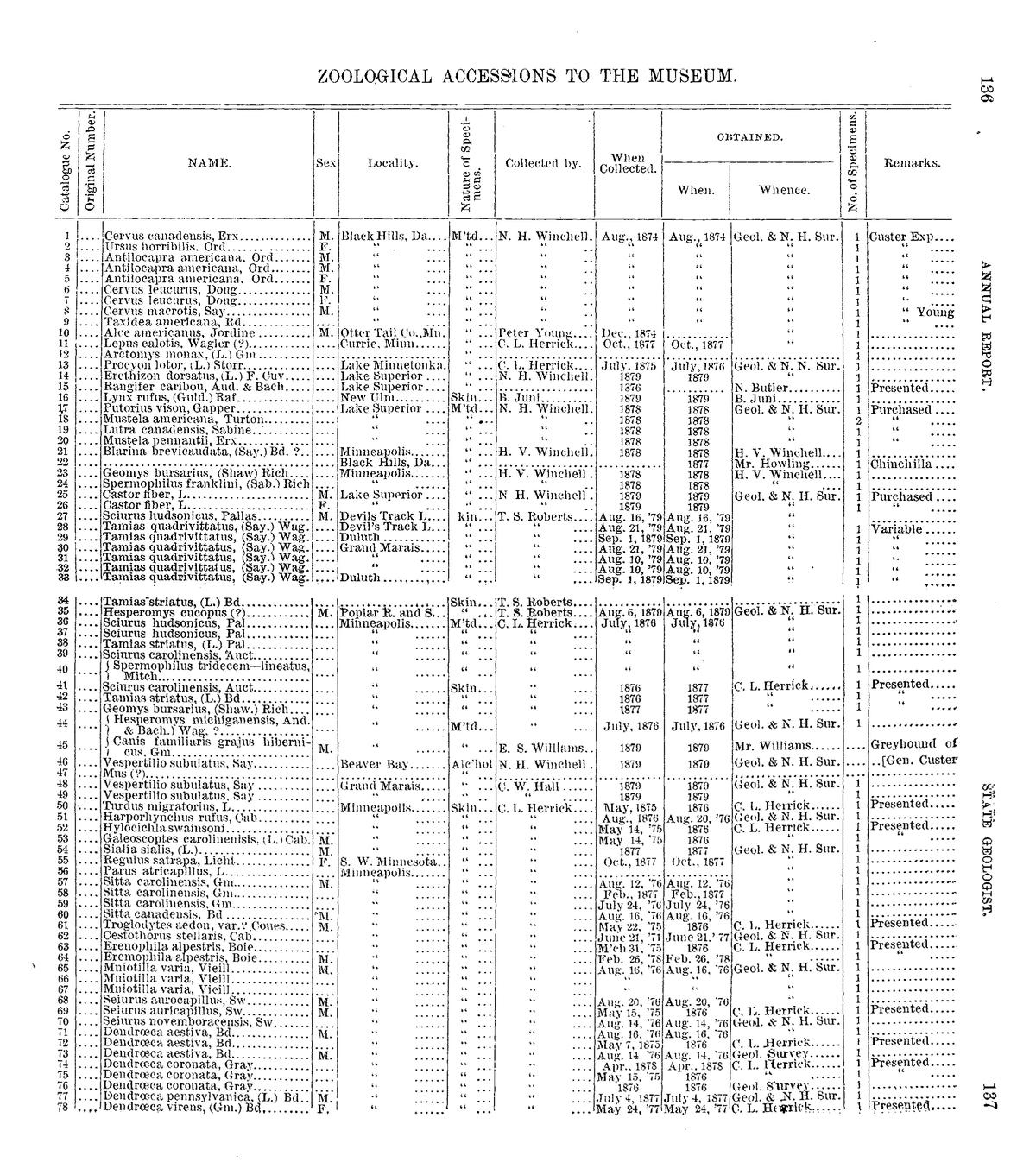
Nicknamed ‘Everlasting Sunshine,’ E.S. (Edwin Sydney) Williams was an 1865 graduate of Oberlin College and cofounder of Carleton College in Northfield, Minnesota. After leaving Northfield, he served two years in Glydon, before moving to Brainard. In 1875, Williams moved to Minneapolis, taking charge of the Second Congregational Church, often known as the Vine Street Church, on the southeast side of downtown Minneapolis. But when Norwegian and Scandinavian immigrants came into the neighborhood, his congregation wanted to move. Williams encouraged his congregation to welcome the newcomers, but his lack of prejudice resulted in his dismissal in 1883. He spent the next six years overseeing Congregational mission efforts as Minneapolis’ City Missionary, before going to California where he spent the rest of his life. Williams died on November 11, 1918, as the first world war ended. Among other initiatives, he and his wife founded the ongoing Blossom Festival of Saratoga, California.
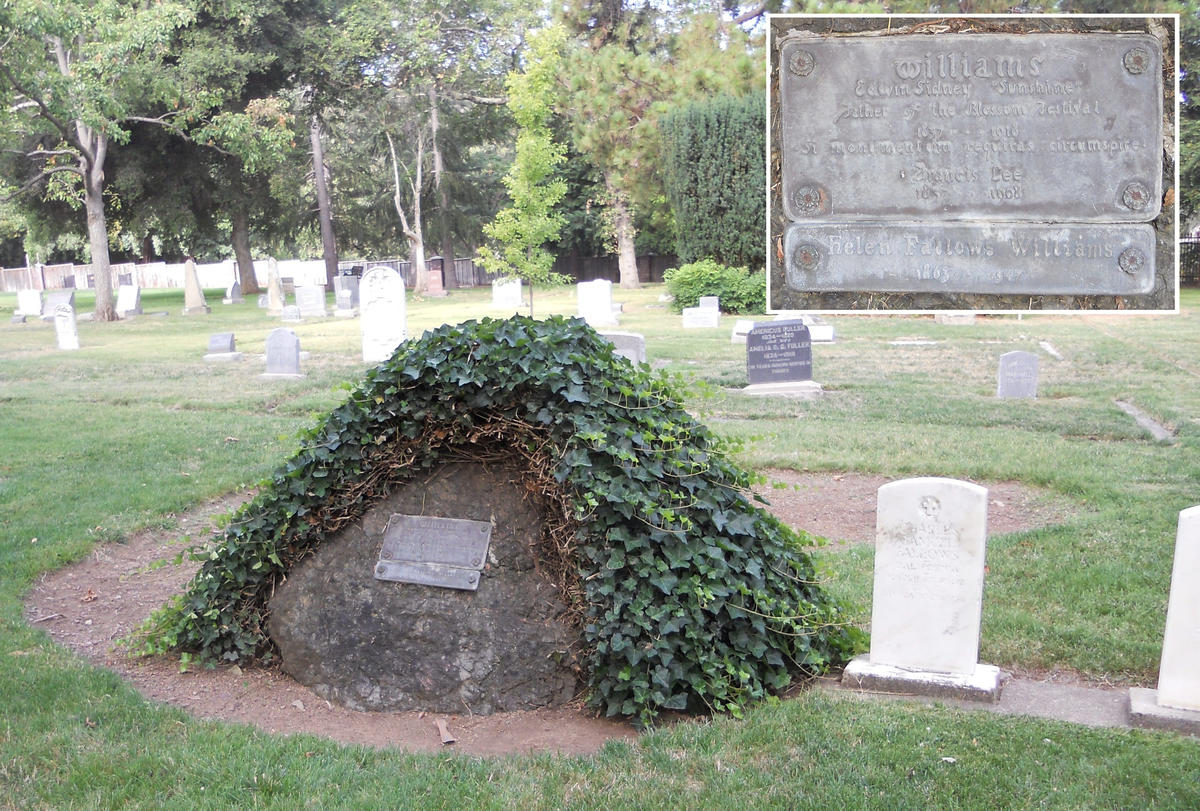
Edwin Sidney Williams' rather unusual grave marker in Saratoga, California's Madronia Cemetery.
During his service at the Vine Street Church, Williams’ life intersected with the Terrys and Cardigan. Although Williams and Terry must have known one another in their roles as Congregational ministers, Warren Upham may have provided another connection. Upham had learned geology from Emily Hitchcock Terry’s brother and worked on the New Hampshire geological survey before moving to Minnesota in 1879. There he joined the Geological and Natural History Survey of Minnesota where he worked with Cassius Terry and became close friends with Williams. Upham was a devout Congregationalist, who later wrote the history of the Congregational Church in Minnesota. Yet, from 1878 to 1879 the ministers’ churches were only a little over a mile apart and less than a mile from the university campus, so Upham is more likely to have strengthened an already existing relationship.
How or when Cardigan came to live with Williams is uncertain. It may have occurred because of the Terrys’ continual struggle with Cassius’ health. Early in 1877, Cassius and Emily visited Colorado Springs in a futile attempt to restore Cassius’ strength, then left again in December of that year for Florida in another failed attempt to find relief. The challenge of taking a large, older dog across country with a sick man may have proved too daunting for Emily. Alternately, the transfer might have occurred in 1879, before the Terrys left for extended summer fieldwork with the survey. Either way, Cardigan was living with Williams when he died in 1879 and it was Williams who had Cardigan mounted and donated to the General Museum.
The museum registrar’s identification of Williams as Cardigan’s donor is confirmed by a Dec. 10, 1880, Minneapolis Tribune article whose discovery was one of the author’s few contributions to Cardigan’s story. The article was a human-interest column highlighting prominent Minneapolis dogs and their owners. E.S. Williams is mentioned because of an exceptional retriever he had. However, Williams’ section of the article ends with:
“His owner [E.S. Williams] also recently had a fine deerhound, Cardigan, now dead, which was formerly the property of General Custer, and was given to Mr. Williams soon after the general was killed by the Sioux.”
– Minneapolis Tribune – Friday, Dec. 10, 1880, p. 7
Although the article neglected to mention Cardigan arrived in Williams’ possession via the Terrys, it corroborates the museum registrar’s information. The article was published while the Terrys were still living in Minneapolis and while Cassius was working at the General Museum, arranging and labeling samples in the General Museum, working daily around Cardigan’s stuffed remains. If there was any question of the accuracy of the article or museum registrar, Cassius would have had the opportunity to correct either. The registrar entry was also made by Newton Horace Winchell, who had accompanied Custer and Cardigan on the 1874 Black Hills Expedition and knew everyone involved in Cardigan’s story, so it is unlikely Winchell made a mistake.
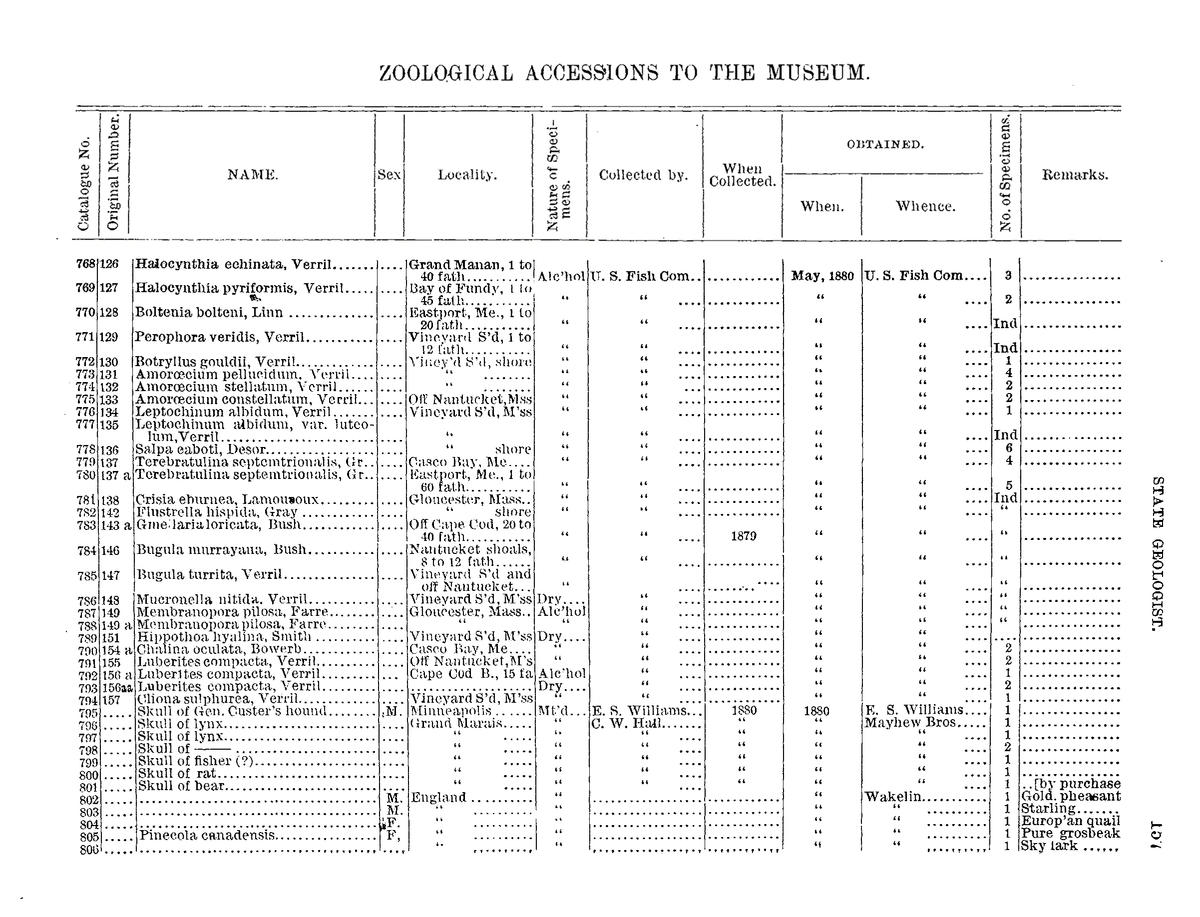
A page from the Zoological Accessions to the University of Minnesota's General Museum registrar. Cardigan's skull is item 795.
